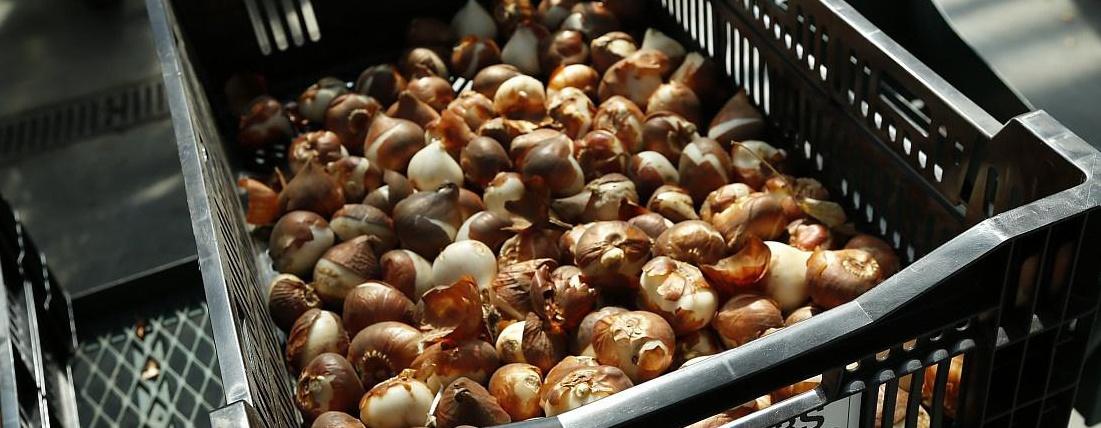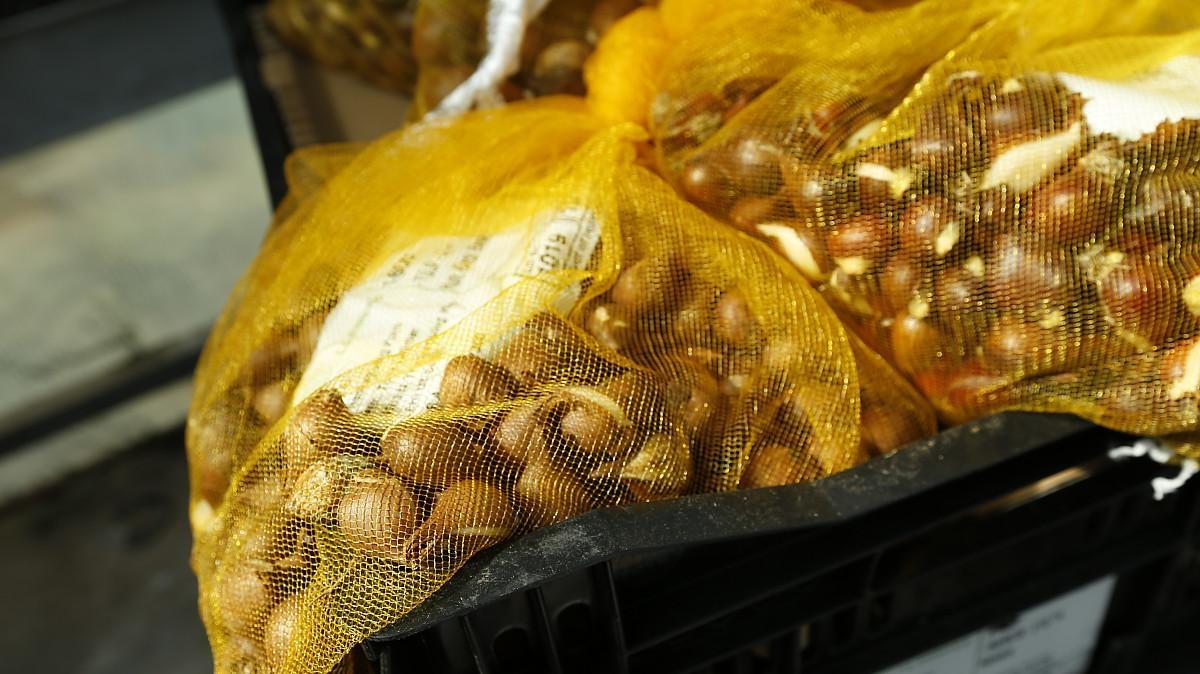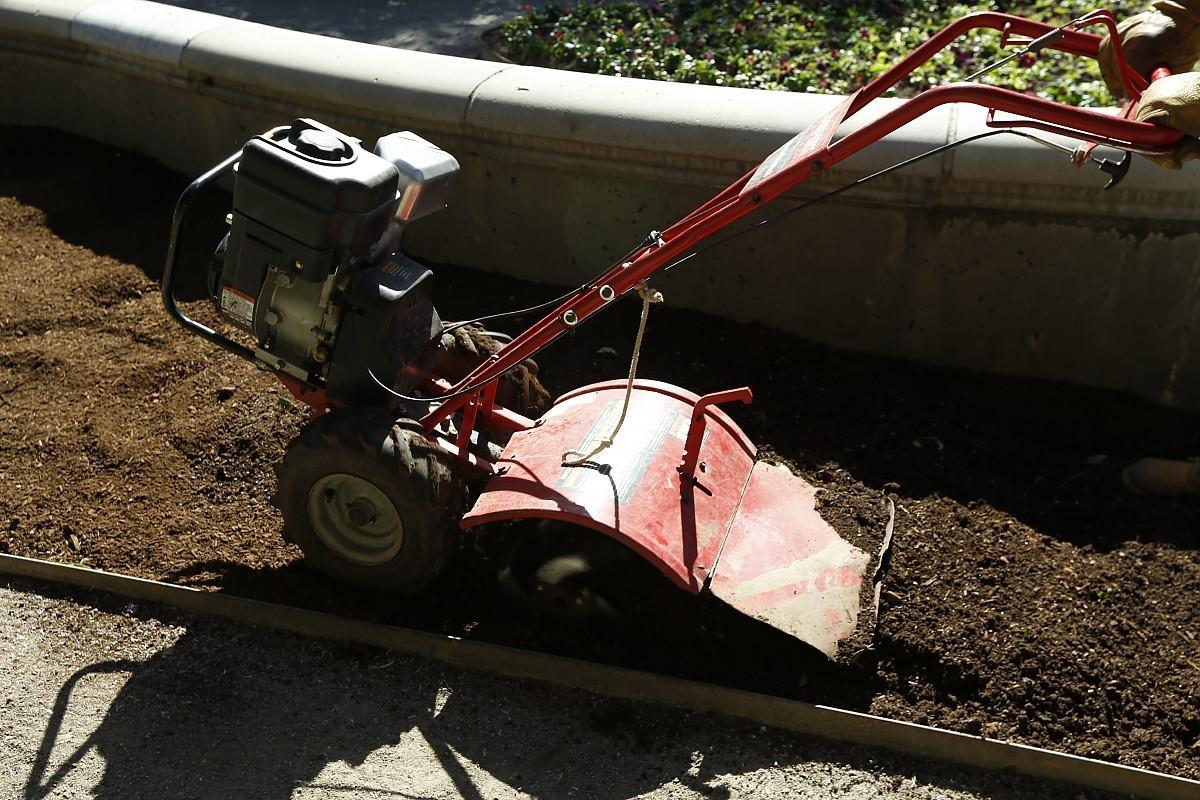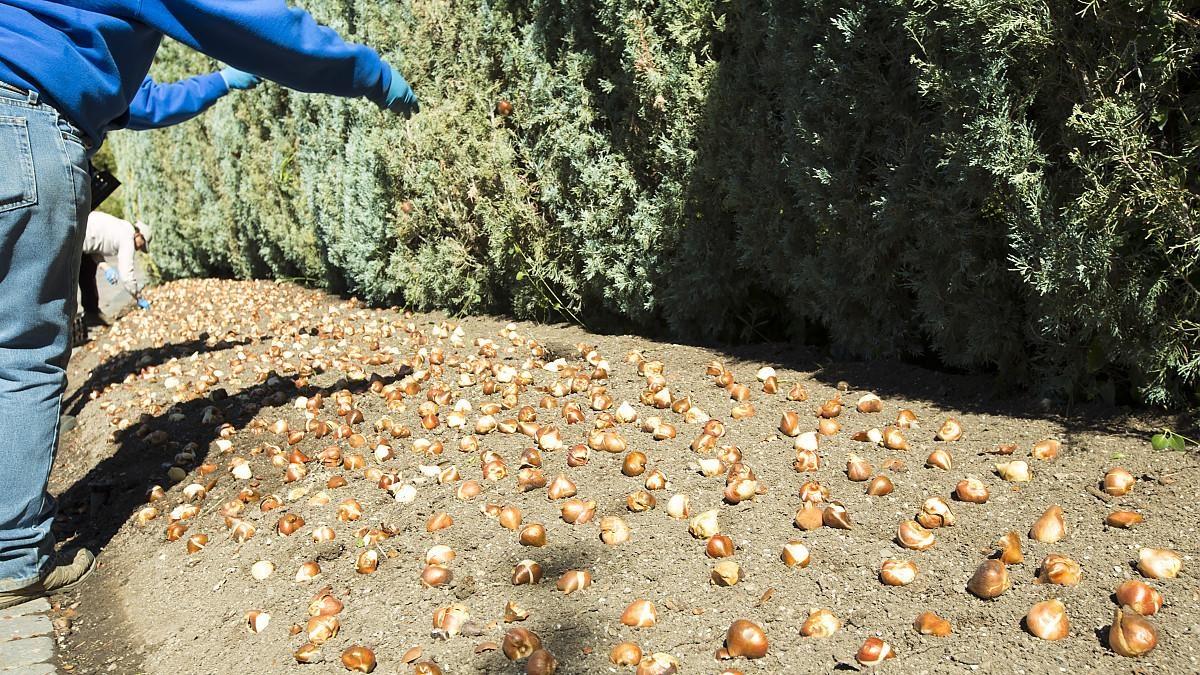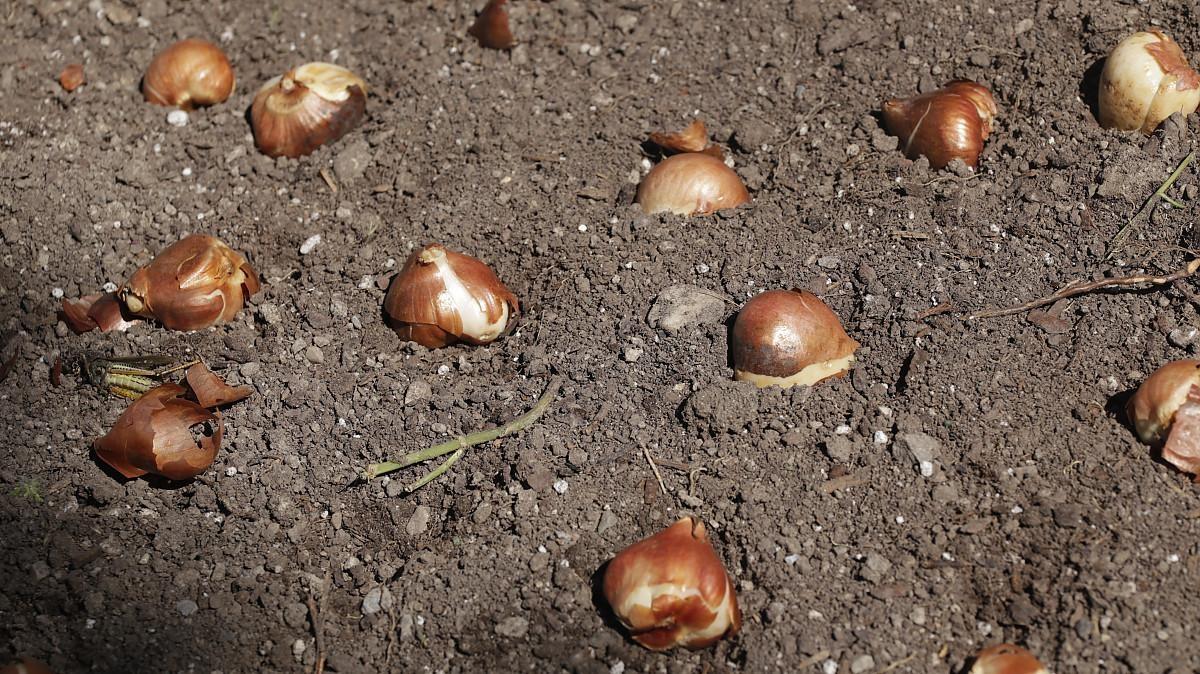Fall Bulb Planting Guide
Tulips are a popular pick for spring-blooming perennials, with many varieties to choose from. Bulb planting is easier than you think! Simply, dig a hole and drop them in.
In addition to being a beautiful display in your yard year after year, blooming perennials are so easy to plant and maintain.
Deer love to eat tulips, so if you live in an area with deer problems you should avoid planting them. They don’t like daffodils or hyacinth so those are some options instead of tulips.
It’s important to note, Tulips tend to lose size every year so it’s possible you may have to replenish your bulbs after a few years.
Here in Utah, October is the best time to plant but, if you’re concerned it’s too late to plant for your yard— don’t worry. There's still a chance.
"I’ve planted bulbs as late as January and they’ve done just fine. However, it was very difficult working with frozen soil."
- Tony Latimer, head gardener at Ashton Gardens at Thanksgiving Point
It’s best to have the bulbs in the ground 5 weeks before a hard, ground-freezing frost.
We will show you how to beautify your yard with just a few simple steps.



